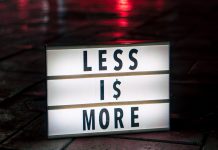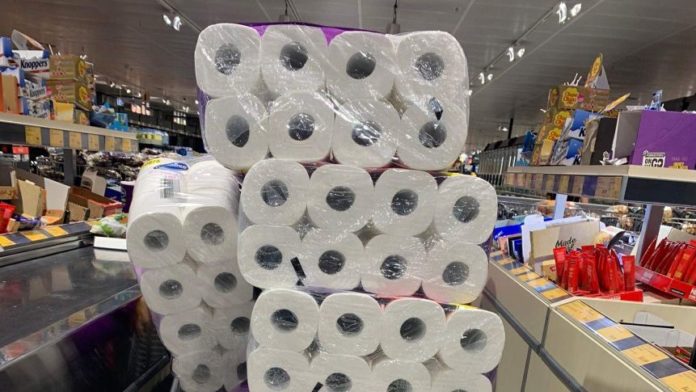We all know that the panic buying of 108 rolls of Kleenex Quilton, double-ply, toilet paper is a dumb thing to do. Yet, this is precisely what many people are doing right now; people who are otherwise sane and intelligent individuals.
Why is this happening?
What’s driving this panic, and what lessons can it teach those of us in sales and marketing?
After all, what supplier wouldn’t like a crazed rush on their products or services now and then? I bet Kleenex et al. are delighted with the current #toiletpapercrisis.
There are two psychological behaviour triggers on display here, creating the current situation.
Social Proof/ Consensus
Scarcity
Social proof, in this instance, is represented as herd behaviour. As people panic buy and stockpile toilet paper, unnecessarily.
Robert Cialdini, the godfather of Influence, says of Social Proof, ‘People will follow the actions of others to determine their own actions’.
It’s a type of conformity. Typically, we think everyone’s doing it, why shouldn’t I. Or, as is playing out in the current #toiletpapercrisis, everyone’s doing it, I had better not miss out.
Which leads us to the second psychological behaviour trigger – Scarcity.
Dr Cialdini says of scarcity, people want more of that which is in short supply or difficult to obtain.
The current situation has people buying lots of toilet rolls. Other people hear about this phenonamum, and think ‘I best have a look for myself’.
They visit the store and confirm that lots of toilet rolls are indeed being hastily acquired. Their natural behaviour is to comply and buy more than they need, just in case ‘everyone else knows something that I don’t’. They get to the toilet roll aisle, and it’s empty. There is first some disappointment, then quickly concern and lastly panic.
Then the scarcity behaviour trigger kicks in.
We might then think ‘they were right to act. There is now no more toilet paper and, supply is genuinely scarce. I best run to the next store to stock up as it’s becoming a VALUABLE resource’.
Boom! A double psychological trigger of both social proof plus scarcity = panic buying.
These behaviours are not new to us; they are hardwired inside us. In these situations, we are operating only on auto-pilot, via our subconscious. These impulses to conform to hoard are challenging to ignore, especially in the face of the current Coronavirus environment.
The theory above outlines why people are panic buying double-ply in quantities large enough to fill shipping containers. But what are the lessons available for us in sales and marketing?
Scarcity.
Could you create a situation where it is perceived that you have a high level of demand? And that you too, might soon ‘run out’ to manufacture a higher level of buyer interest?
- Can you book meetings with prospects more effectively by suggesting you only have a single 45min window of availability that day?
- Could you remove 60% of the products from your shelves to make it look like a product it was in strong demand?
- Could you limit the number of empty tables in view for restaurant patrons to create a higher level of perceived scarcity?
- Could you have a small number of first release tickets available that they would sell out almost immediately, leaving people to rely on the second release?
Social Proof.
Could you publicly show how many others have made a successful purchase with you? To not only remove any doubts around their purchase decision, but also, to make it feel socially acceptable to be rushing around to buy your goods.
The media has helped create this panic by showing lots of people queuing and stockpiling toilet paper. It adds authority to the message and makes us think we should be doing the same. It’s a genuinely compelling piece of vision.
- Can you display the number of people who have made a purchase with you before, complete with regular, publicly visible, increases in that number?
- Could you take a picture and display it on social media every time you help a client or onboard a new client?
- Could you create a situation where the item you prefer to sell is presented as the most popular selection?
As we’ve seen it confirmed again in the current #toiletpapercrisis people, do buy with emotion and try to justify with rationale.
In a completely ethical way, how could you increase your levels of scarcity or display more substantial social proof, to help you and your business?


































